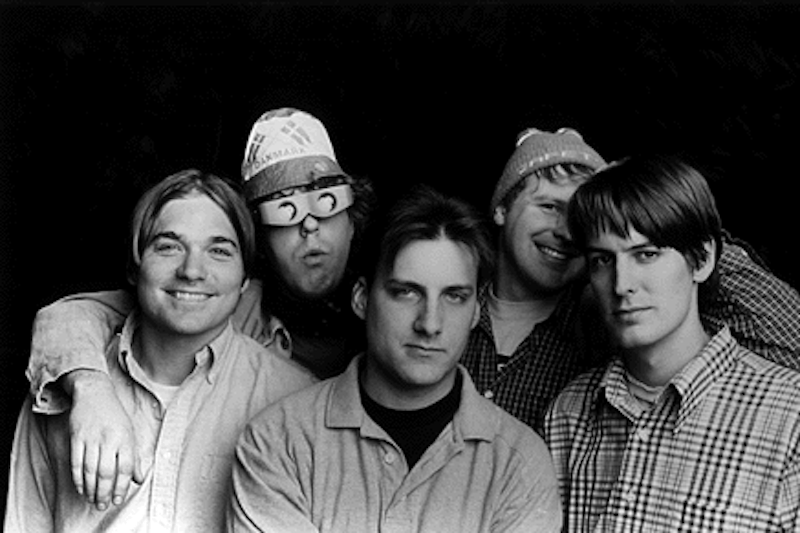Looking at my work schedule, there are two big festivals of note left this season: the Virgin Mobile FreeFest, and the revived HFStival, back for its first year since 2006. Just by scanning the lineups, I can tell immediately which one is going to be more successful. Virgin is stacked with performances by LCD Soundsystem, Jimmy Eat World, M.I.A., a reunited Pavement, Die Antwoord, Sleigh Bells, and Neon Indian, among others. HFStival is headlined by Third Eye Blind, Billy Idol, Everclear, and Lit. Anyone who’s been paying even slight attention to the music press over the past four years has certainly noticed the abundance of “indie” in the mainstream. The exact definition of “indie” has been hashed over for years, starting when the term was first coined in the mid-1980s. “Indie,” for the casual music fan, is not an indicator of the size of a band’s record label, but a sound, an aesthetic, an image that most would have a hard time pinning down.
What is called “indie” today is marked by a certain precociousness, but at the same time an intellectual bent that separates it from traditional rock and pop. These bands dress well, they’re (relatively) intelligent, urban, generally more adept at using the Internet and social networking, and they’re “quirky.” Man, I hate the ubiquitous word “quirky.” But that’s the appeal of the indie sound to the mainstream—it’s something different, eye and ear-catching, a new look at rock and pop music, from sensibilities a little more familiar and contemporary. It’s a uniqueness that extends past the music itself and into the way these bands present themselves. A band is defined by both image and music, and “indie” knows it.
Consider Vampire Weekend, a group known as much for its Ivy League, Ralph Lauren collegiate aesthetic as their light, whimsical pop songs. Or Arcade Fire, with its military-esque solidarity, focus on ethics, and a live show that feels more like a religious revival than a stadium concert. Or LCD Soundsystem—James Murphy’s brainchild, a project exploring music’s place in our lives and the elusive search for “cool.” These are all groups with extremely well-honed and molded brands. These are rounded, distinct packages, separating them from the bland and anonymous sound of the bands headlining the HFStival. There’s color and life in the sounds and the images of these “indie” bands, and that’s as much a part of the “indie” sound as the music itself.
Without the guiding hand of record executives, “indie” has become the dominant non-hip-hop sound in the mainstream over the past couple of years. Bands like Dirty Projectors, The New Pornographers, The Black Keys, and Matt & Kim litter the lineups of festivals like Lollapalooza, while Pitchfork’s annual July festival was sold out all weekend this year, featuring sets from Pavement, Modest Mouse, Best Coast, Titus Andronicus, and Liars. But even in that brief string of bands, a wide musical variety exists. “Indie” isn’t a genre as much as grunge or disco were, with easily definable elements and a homogeny amongst their players. Perhaps that’s why it’s catching on; there’s something for everyone. Bands and labels are now able to capitalize on an ephemeral trend with nothing but blurred boundaries, and it opens the floodgates for what can be considered “indie.” As the decade proceeds, I’m eager to see what becomes of this trend and how it’ll shape popular music in the long run. And while I’m not a huge fan of any of the bands I’ve mentioned, I can’t deny there is a greater level of musical and aesthetic sophistication in their work, compared to Third Eye Blind, Everclear, and Lit. Let’s just say we’ve come a long way since Limp Bizkit. Oh yeah, they have a new album coming out soon. Do you know what it’s called? No? Exactly…
Indie In Vogue
Marketing the sound, image, and aesthetic that is "indie"

90s indie band Pavement (pictured above) was, at their height, exactly 3.7 times more indie than Vampire Weekend will ever be.
